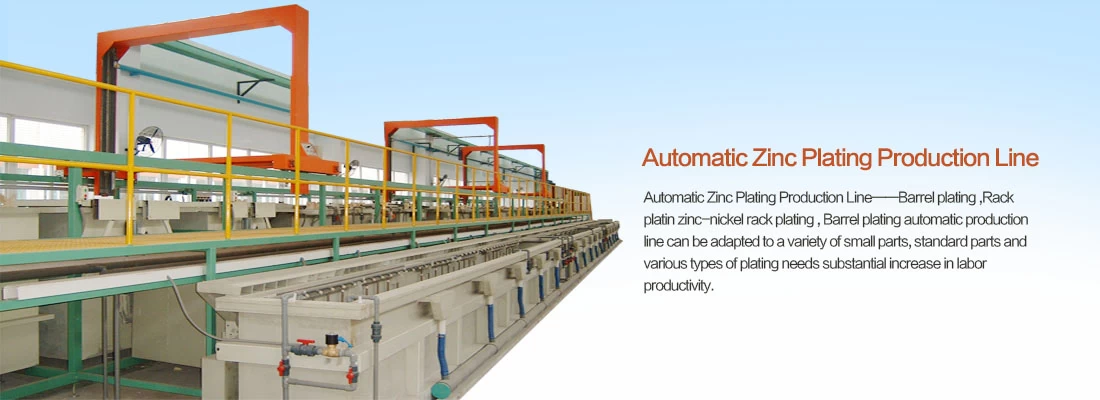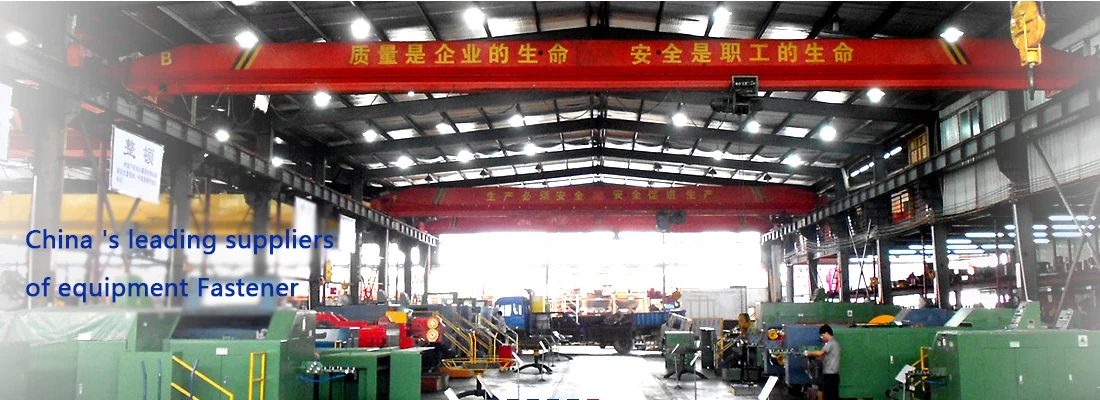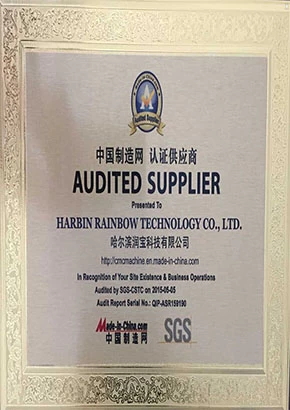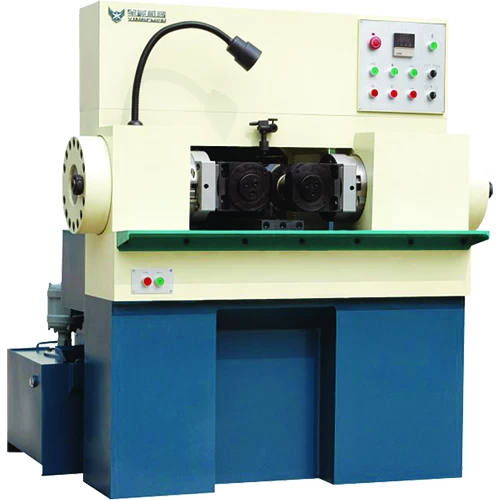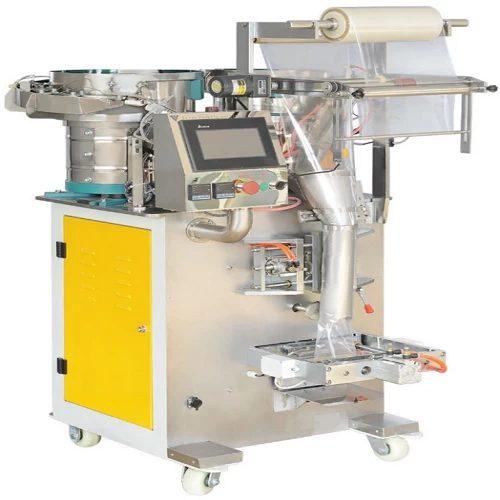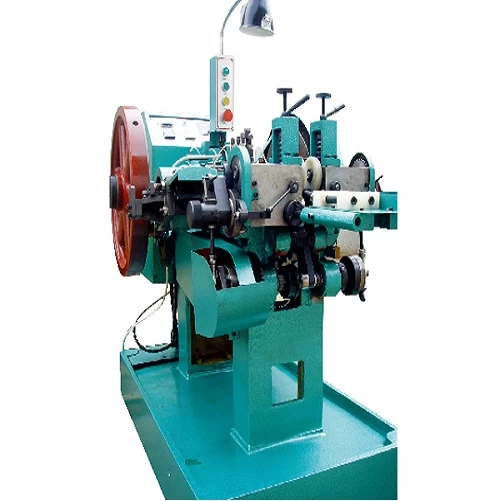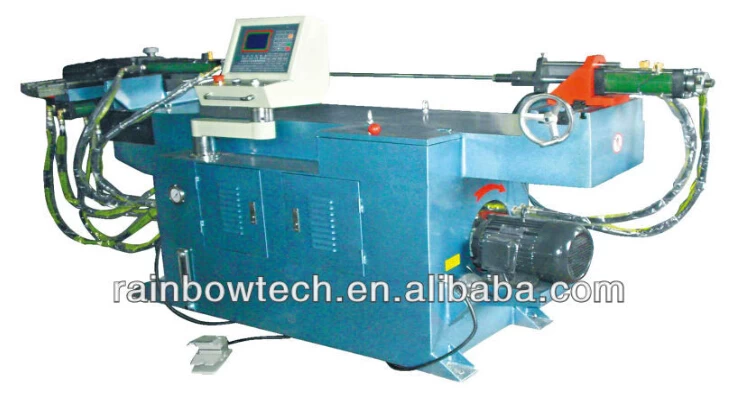What are the surface treatments of fasteners
There are a variety of methods for fastener surface treatment, each with its specific use and effect Galvanizing : This is one of the most commonly used surface treatment methods for fasteners. Galvanizing can provide good anti-corrosion properties and an aesthetically pleasing appearance. According to different colors, there are color zinc, yellow zinc, black zinc, white zinc, blue and white zinc and green zinc. The surface hardness of the galvanized layer is high, and the neutral salt spray test can reach about 120 hours, which is suitable for ordinary exposed fasteners. Phosphating: Phosphating is mainly used to provide corrosion protection and facilitate subsequent coating work. The phosphating film has good uniformity, has little impact on the size of the product, and has certain wear resistance and insulation properties. It is suitable for fasteners in the box that come into contact with oil and fasteners that do not require high corrosion resistance. Blackening (bluing): A magnetic ferric tetroxide film is formed on the metal surface through chemical treatment, which has an anti-corrosion effect. It is suitable for fasteners that need to be protected from corrosion, such as pressure vessels. Chrome plating: The chrome plating layer has good chemical stability and wear resistance, which is suitable for occasions that require high reflectivity and corrosion resistance. The chrome plating performs well in neutral salt spray tests, but at a higher cost. Electroplating: Electroplating is a process in which a uniform, dense layer of metal or alloy is deposited on the surface of a workpiece by electrolysis. Electrogalvanizing is the most commonly used electroplating method, providing low-cost corrosion protection and aesthetic effects. Other methods: including hot-dip galvanizing, Dacromet, galvanizing, etc., each with its own specific application scenarios and effects. Hot-dip galvanizing is suitable for applications that require high corrosion protection, Dacromet is suitable for high-strength fasteners, and galvanizing is a chemical reaction to form zinc-iron intermetallic compounds on the surface of steel parts. These surface treatment methods not only improve the corrosion resistance and appearance of fasteners, but also provide additional functional properties such as wear resistance, electrical conductivity, weldability, etc., depending on the specific needs



